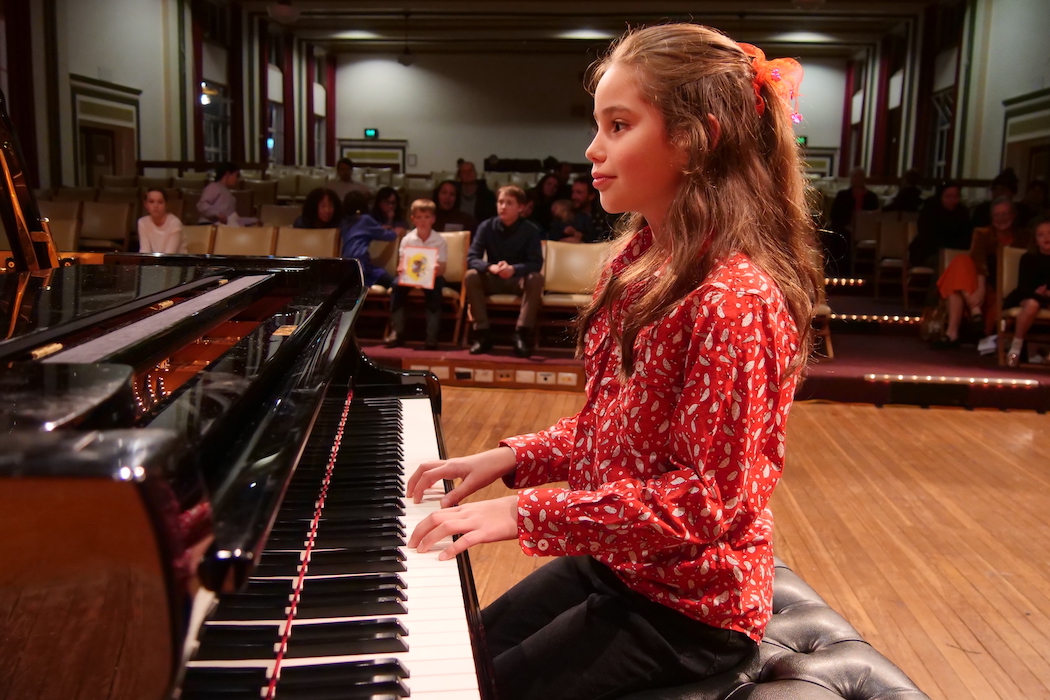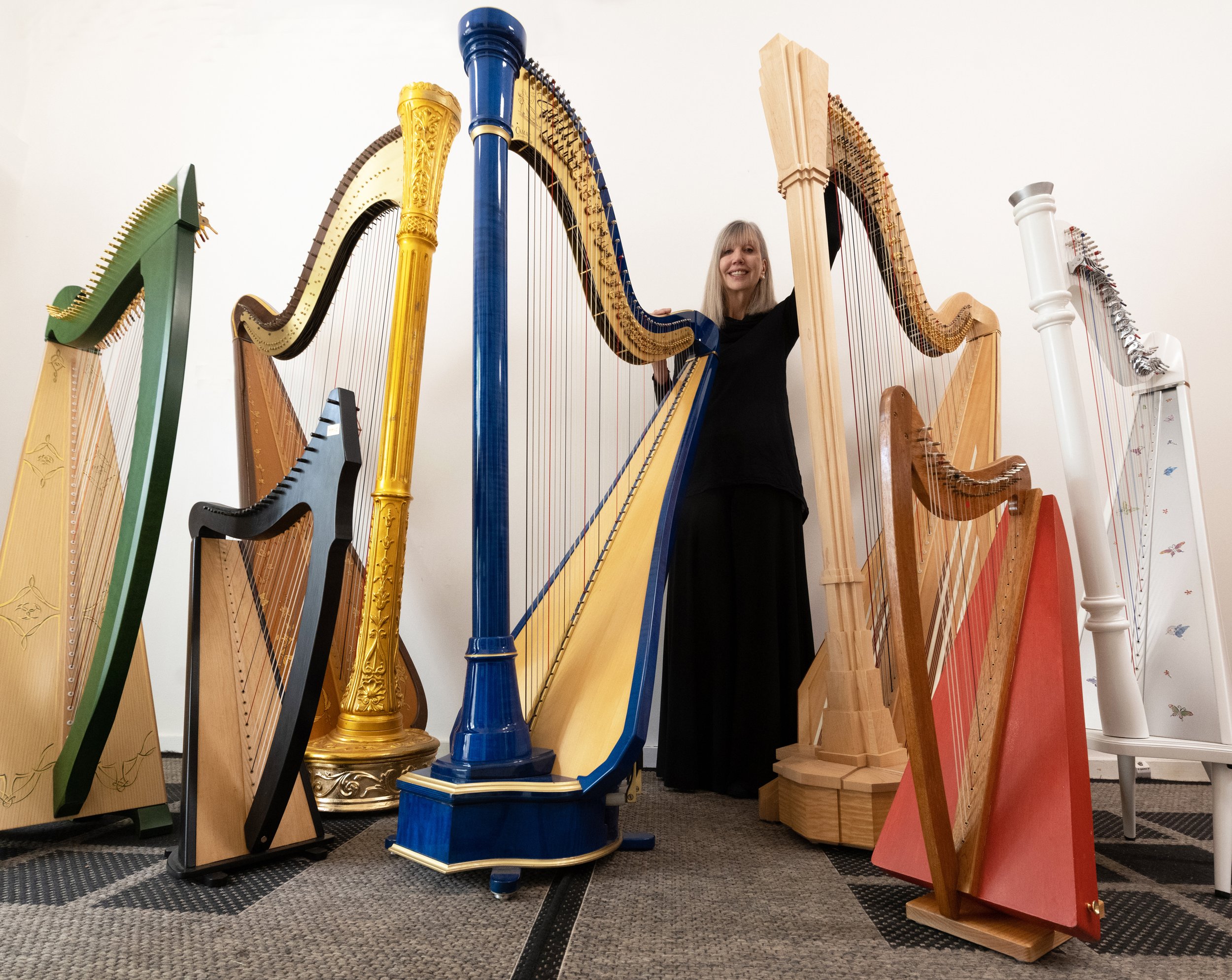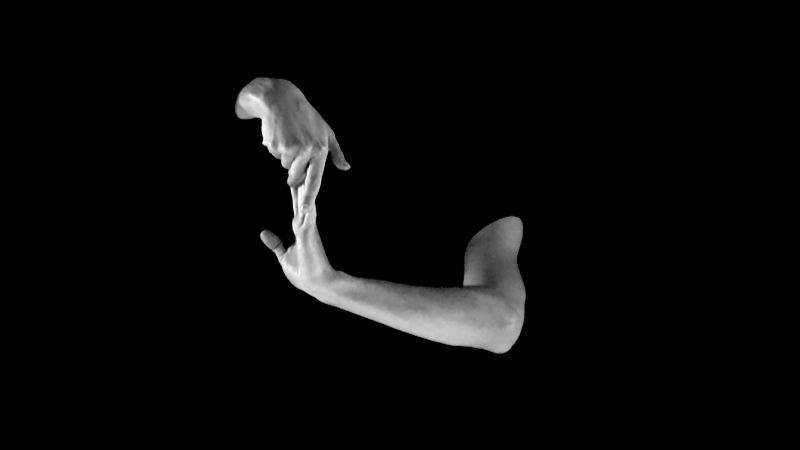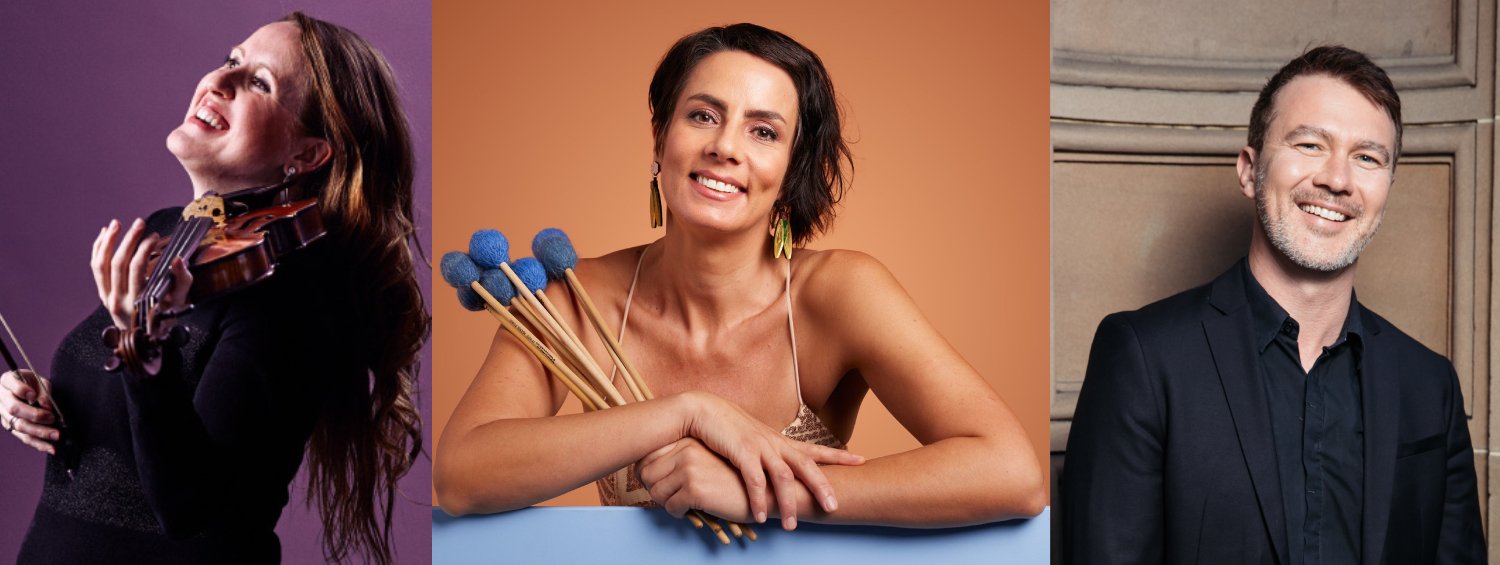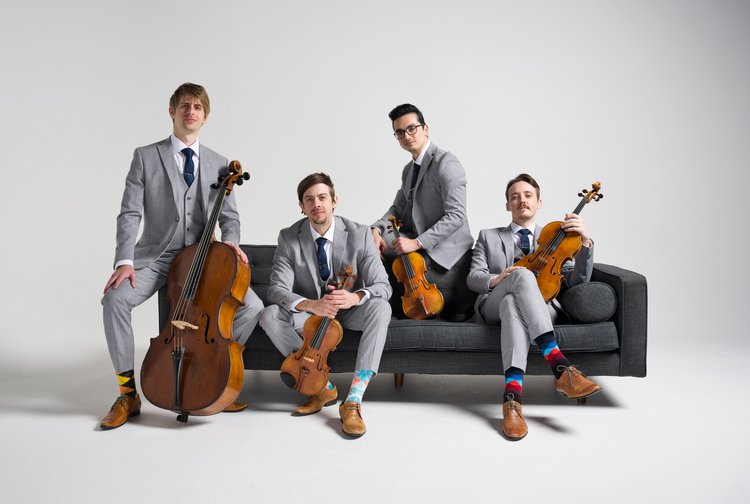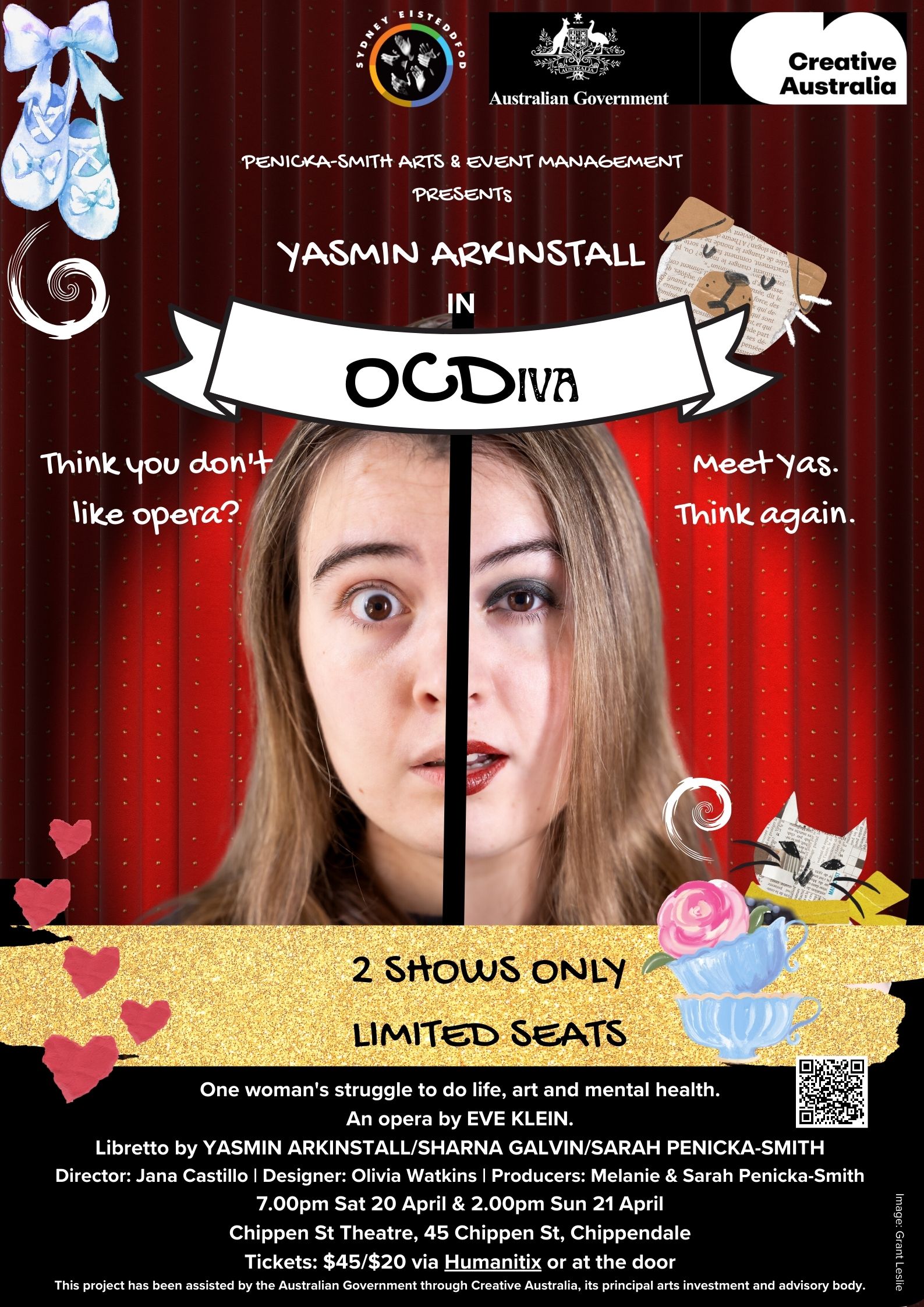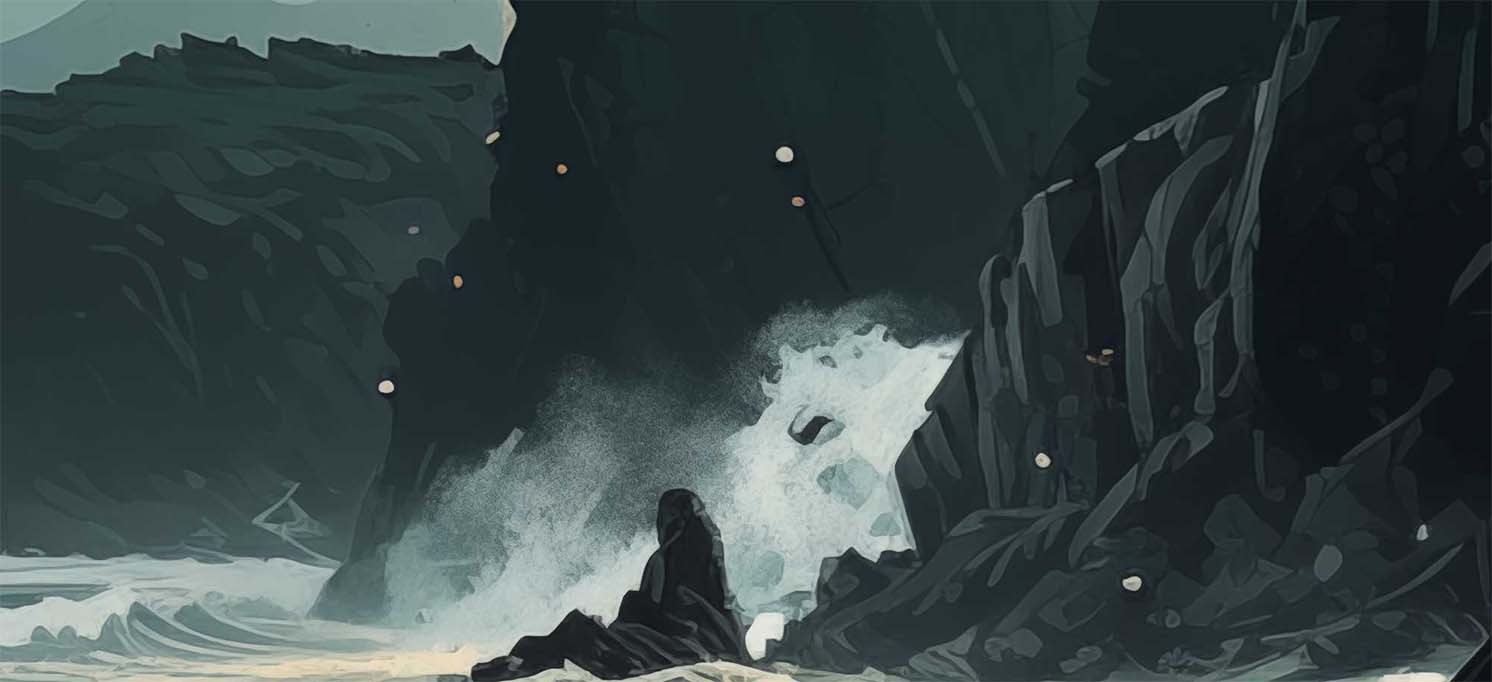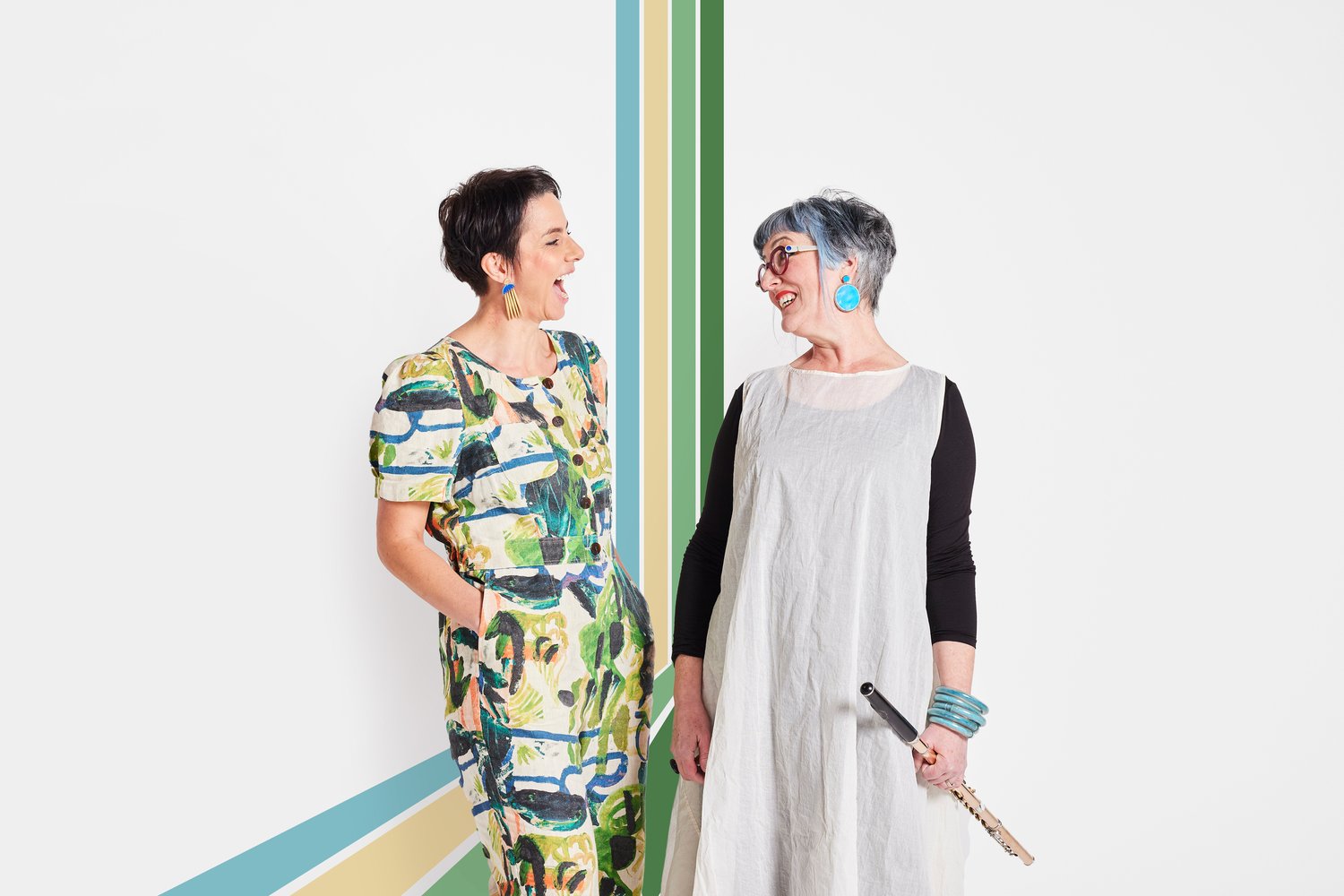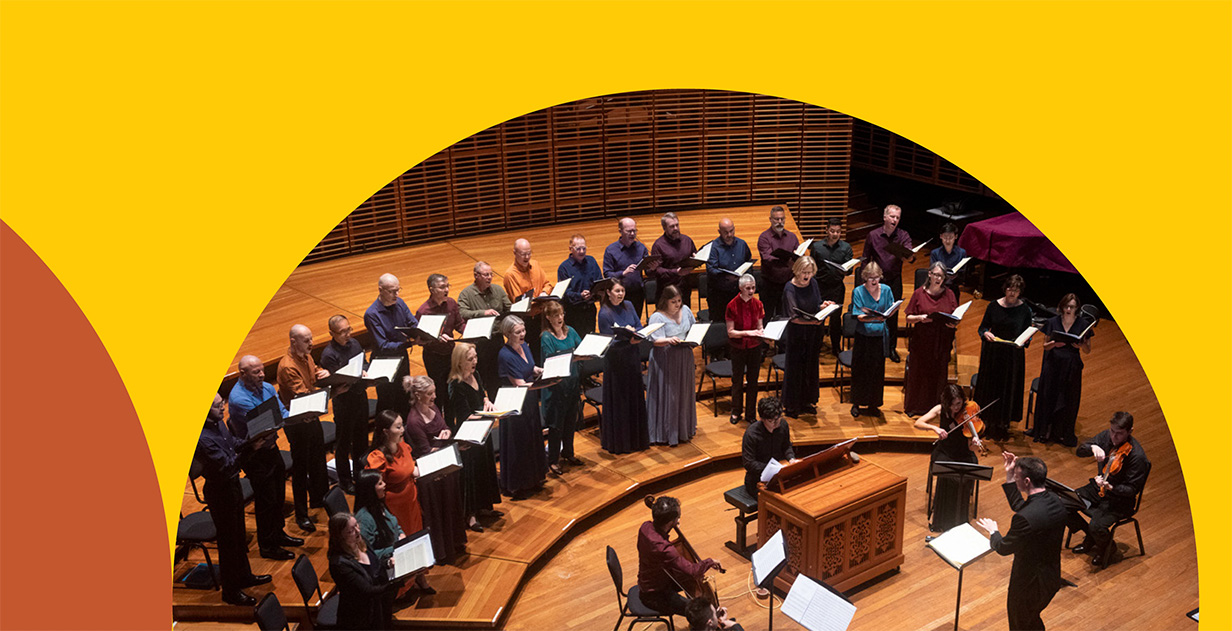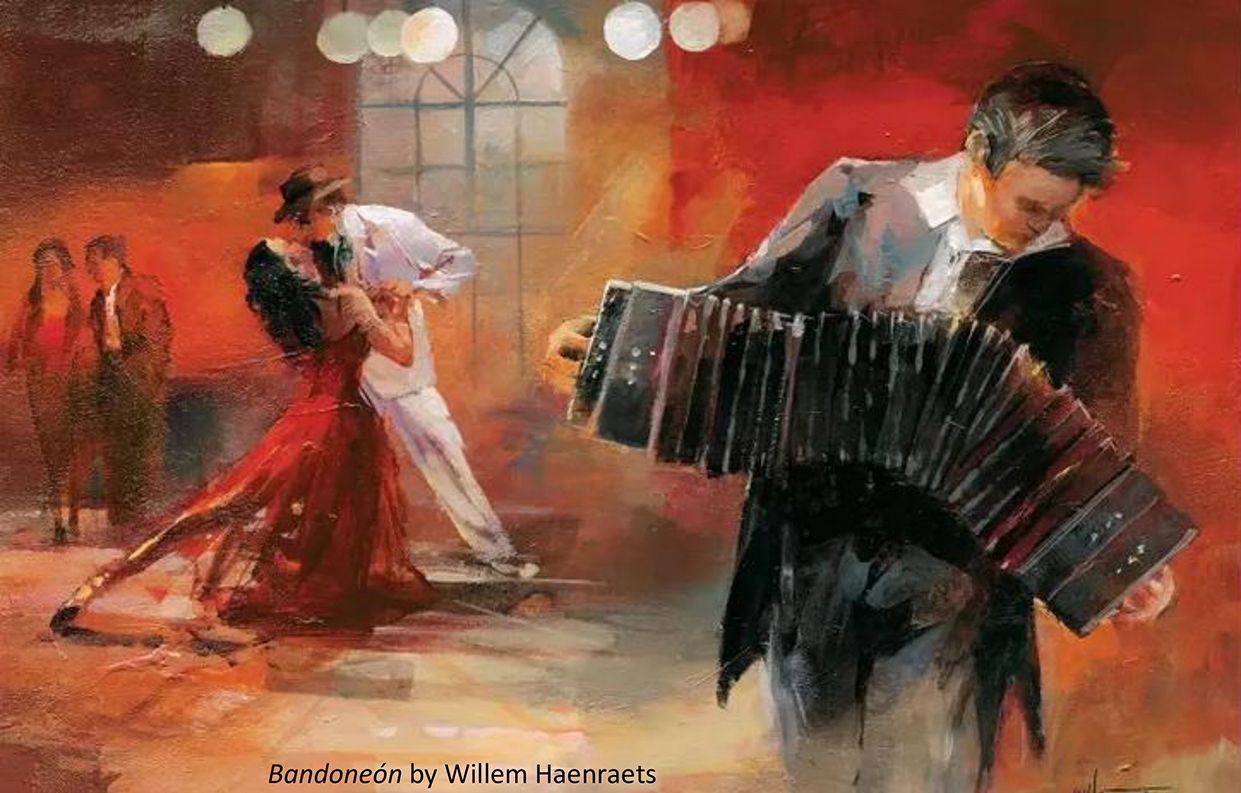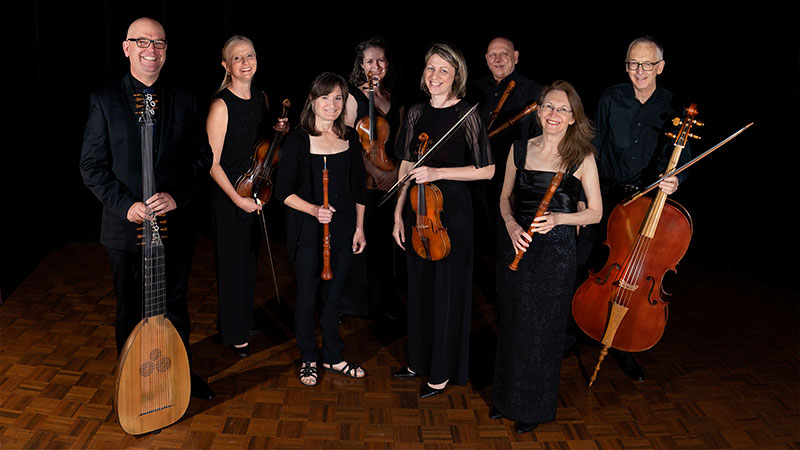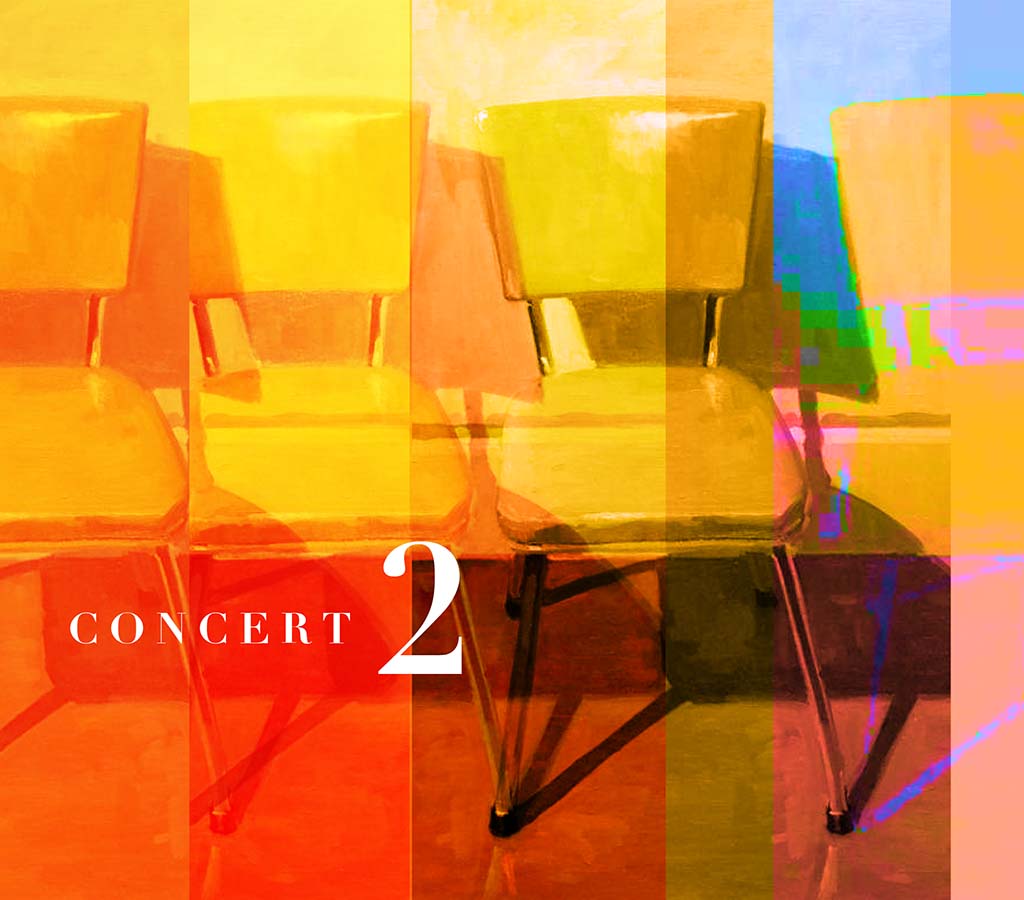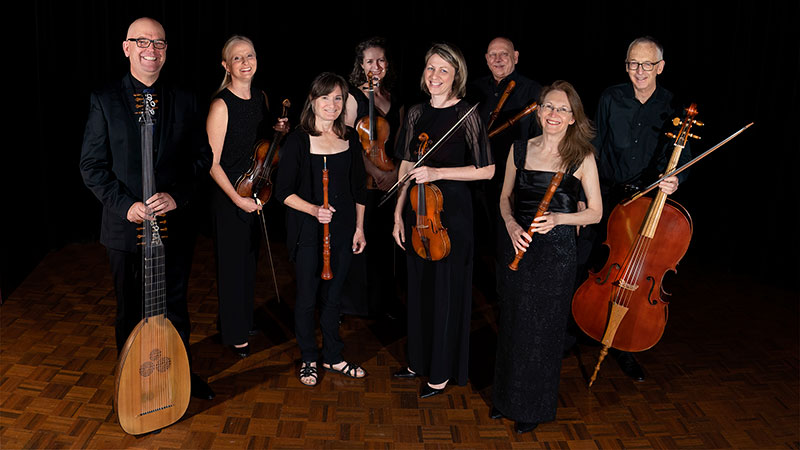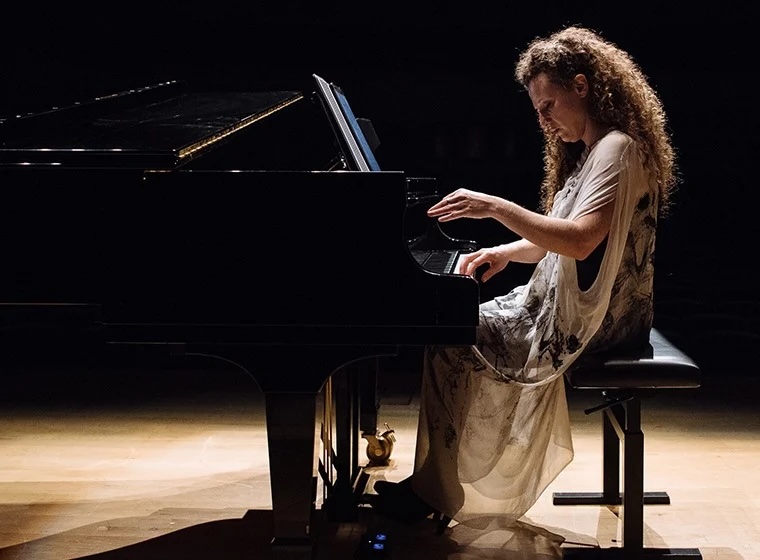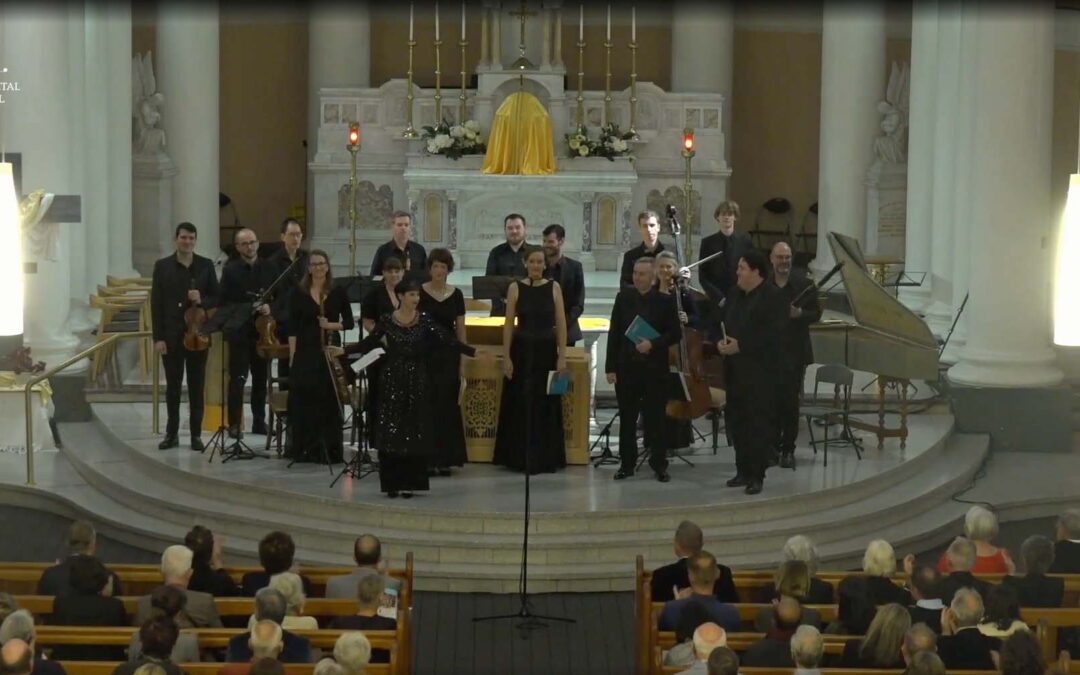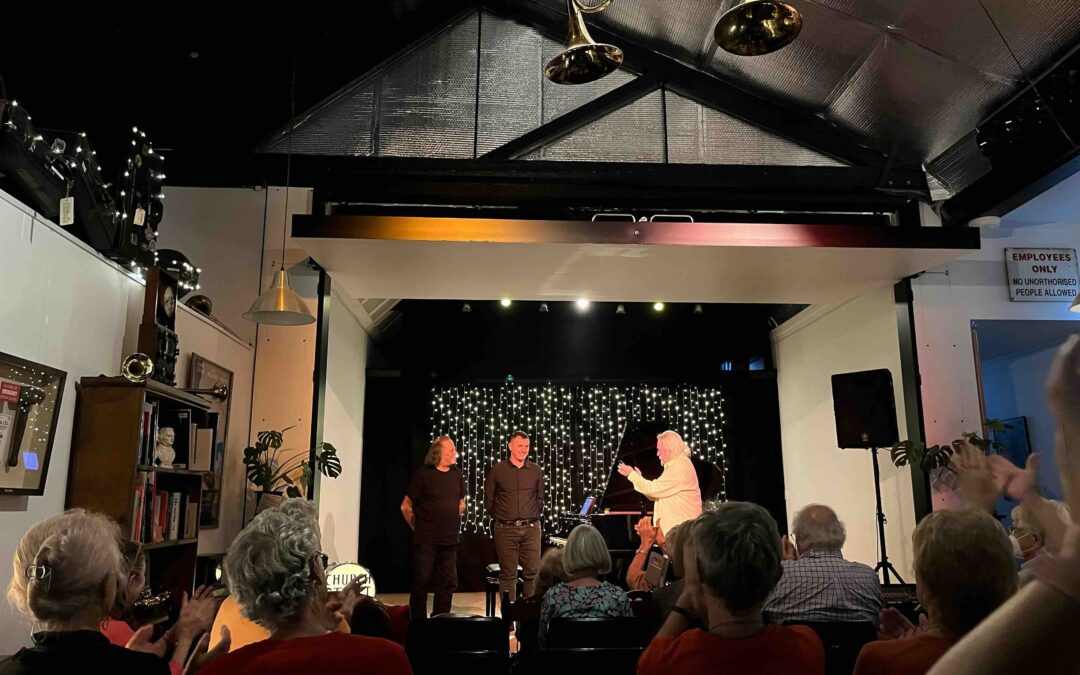I first heard the newly-formed Muffat Collective play in the Live Broadcast Studio of radio station Fine Music FM 102.5 late last year and was most impressed. They announced themselves as the latest group of historically-informed performers of seventeenth and eighteenth century chamber music, all having been graduates of The Royal Conservatoire of The Hague in The Netherlands and naming themselves after Georg Muffat, a Scottish/French composer who took down records of how to play seventeenth century music, thus allowing these HIPsters to delight modern audiences with that music.
The first of their 2017 series of concerts was held at the bright and spacious foyer of the Sydney Masonic Centre. A good crowd was on hand to enthusiastically welcome Matthew Greco and Rafael Font Viera, violins, Anita Gluyas, cello, and Anthony Abouhamad, harpsichord/chamber organ, including some fellow professional musicians from around town.
Their program consisted of works of lesser-known late seventeenth century German/Austrian composers, commencing with Dietrich Becker’s vivacious Sonata No 26 in A dating back to 1674. It started typically with a slow movement and finished with a fast movement. The cello and harpsichord were strategically placed between the 2 violins. The harpsichord provided a prominent ground bass continuo in the latter half of the final movement.
Matthew, Rafael, and Anthony addressed the audience about the different composers, the various compositional styles, and their Baroque/copies of Baroque instruments throughout the course of the concert. It seems these German/Austrian composers wrote not just dictionaries but lexicons of how to translate speech into musical language when they returned home from their trips to Italy where vocal music held fort at the time. The root of this so-called stylus fantasticus style of early Baroque music was organ toccatas and fantasias of which Frescobaldi and his German student, Johann Jakob Froberger, were proponents. Anthony played a solo piece on chamber organ, an expressive and probably partially improvised Toccata by Froberger from around 1640.
Next on the program was yet another discovery, this time by Johann Rosenmueller, Sonata No 2 in E minor for 2 violins, cello, and chamber organ, most pleasing to the ear, not least because of its minor key.
In Austria, the style was practised by both Heinrich Ignaz Franz von Biber and Johann Heinrich Schmelzer, the composer of the next piece called Polnische Sackpfeiffen or Polish Bagpipes in G. I thought this was the most fascinating work in the program as it brought to light its characteristic use of short contrasting episodes of Court music, peasant music, and church music like a stage with different scenes or moods. This music represented something, not just itself. In this case, the droning of the bagpipes was represented by one note played continuously by the cello while the chamber organ assisted with one repeated note in the latter half of the piece. The teasing free-form finish was represented by the interplay of short phrases by the two violins.
As the group were playing on gut strings, they required more frequent and extra time to tune their instruments, as is the norm with gut. However, this trickiness in humid weather was more than offset by the lovely tone with many layers of rich harmonics able to be produced on gut.
Rafael explained that his Baroque bow made by Nicola Armati from Cremona Italy was one of only a few remaining as it was short and delicate and still under experimentation at the time unlike the actual body of the violin.
A famous work, Pachelbel’s Canon, completed the first half. However, this rarely-heard version was for two violins, cello, and harpsichord. This demonstrated how mathematics, including proportion, influenced the arts, and how the four different musical and philosophical temperaments were used in compositions to produce varied affects. This version actually highlighted the backbone of the work viz. an 8-note ground bass repeated throughout with the canon played by the two violins, the second violin starting two bars later to produce numerous variations.
The second half commenced with more discoveries, Johann Vierdanck’s Sonata for two Solo Violins and Kaspar Foerster’s Sonata in F for two violins, cello, and harpsichord.
Johann Pachelbel’s Partitia No 2 in C minor for two violins, cello, and chamber organ was played with great elegance and what I call Baroque zing! The concert concluded with Romanus Weichlein’s Canon in A for two violins, cello, and harpsichord. This was another canon, though this time with a four note ground bass. It included solo harpsichord parts in between providing the ground bass with the cello.
The conviviality of the whole concert was underlined by members of the audience being able to chat to the performers during Interval over drinks and nibbles. Despite some external background noise, largely from the many passing buses, I must say I found my first time in the Marble Hall of the Sydney Masonic Centre a most satisfying experience. It was certainly a day of firsts all round!!
Review for:
![]()
The Muffat Collective: Cafes & Cathedrals | Saturday 18 February 2017 | Sydney Masonic Centre
![]()


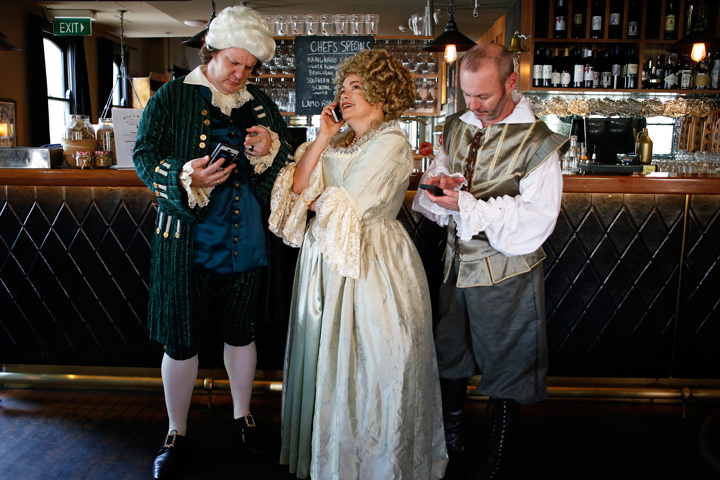







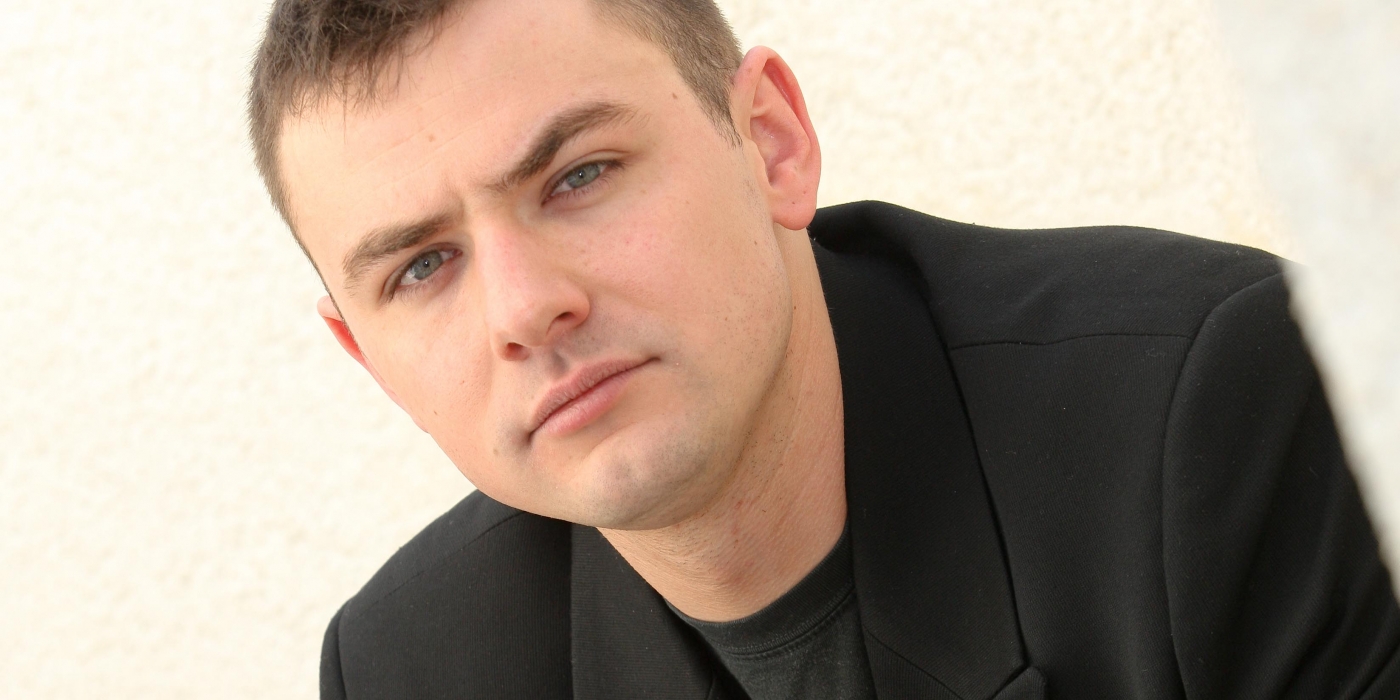


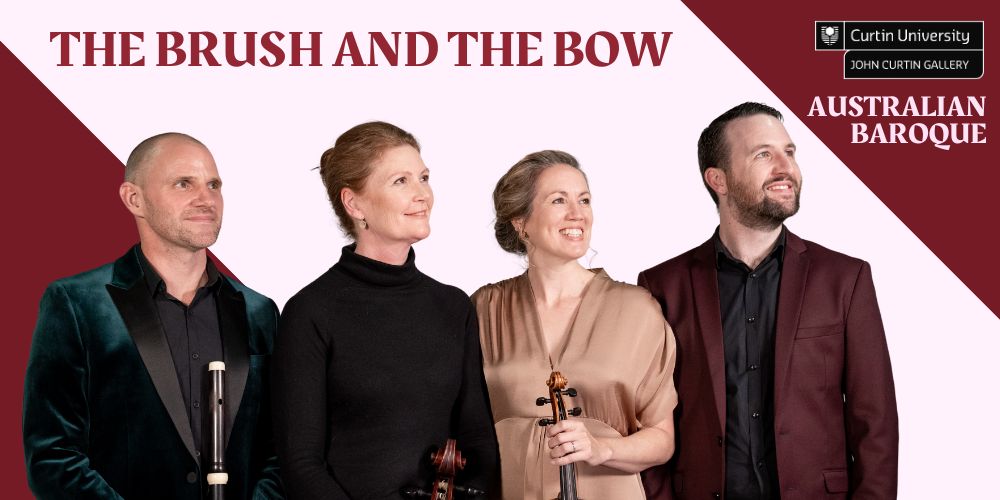





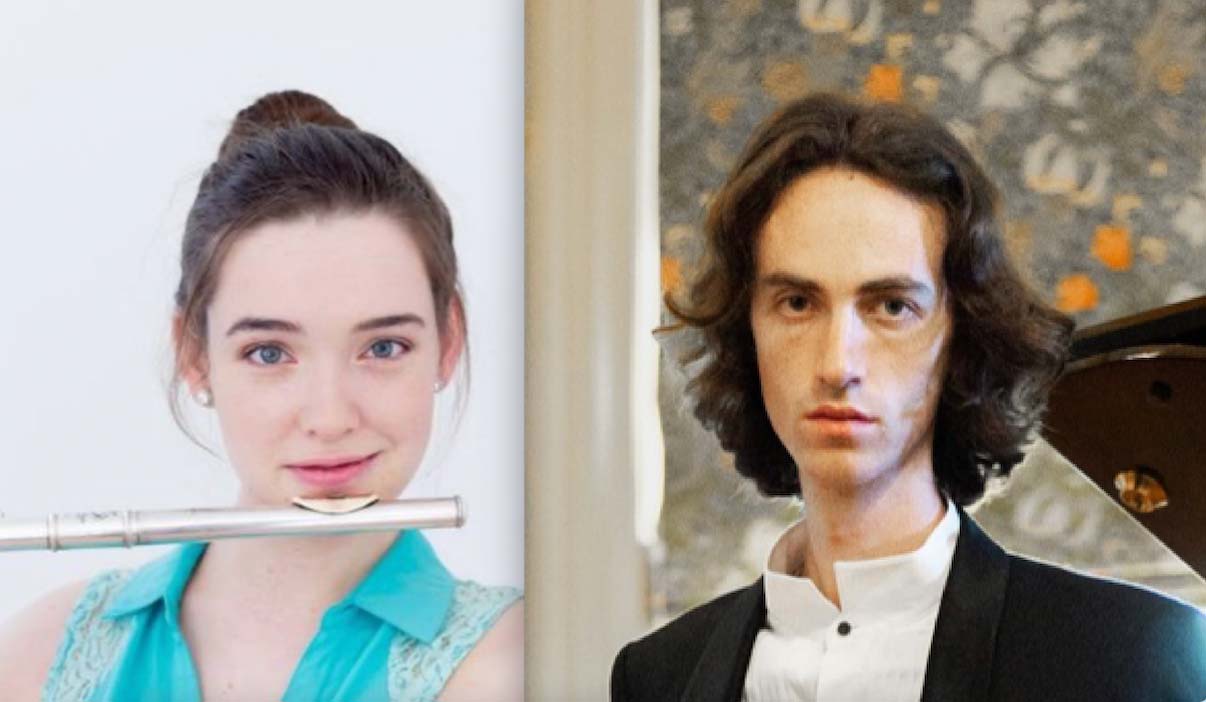
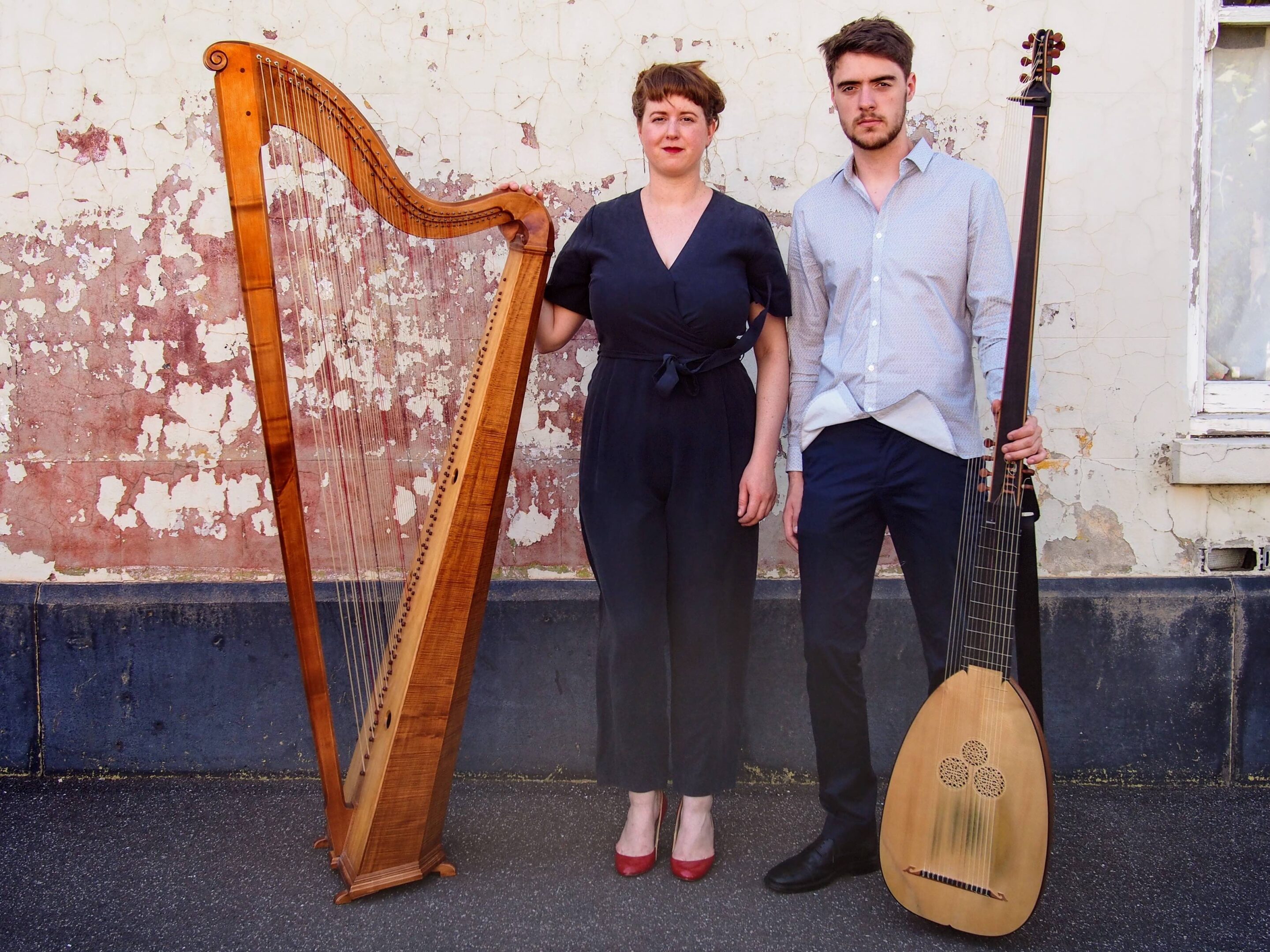

![user222 mrc mostlymozart [glass harmonica] user222 mrc mostlymozart [glass harmonica]](https://cdn-classikon.b-cdn.net/wp-content/uploads/2024/02/user222-mrc_mostlymozart_glass_harmonica.png)
